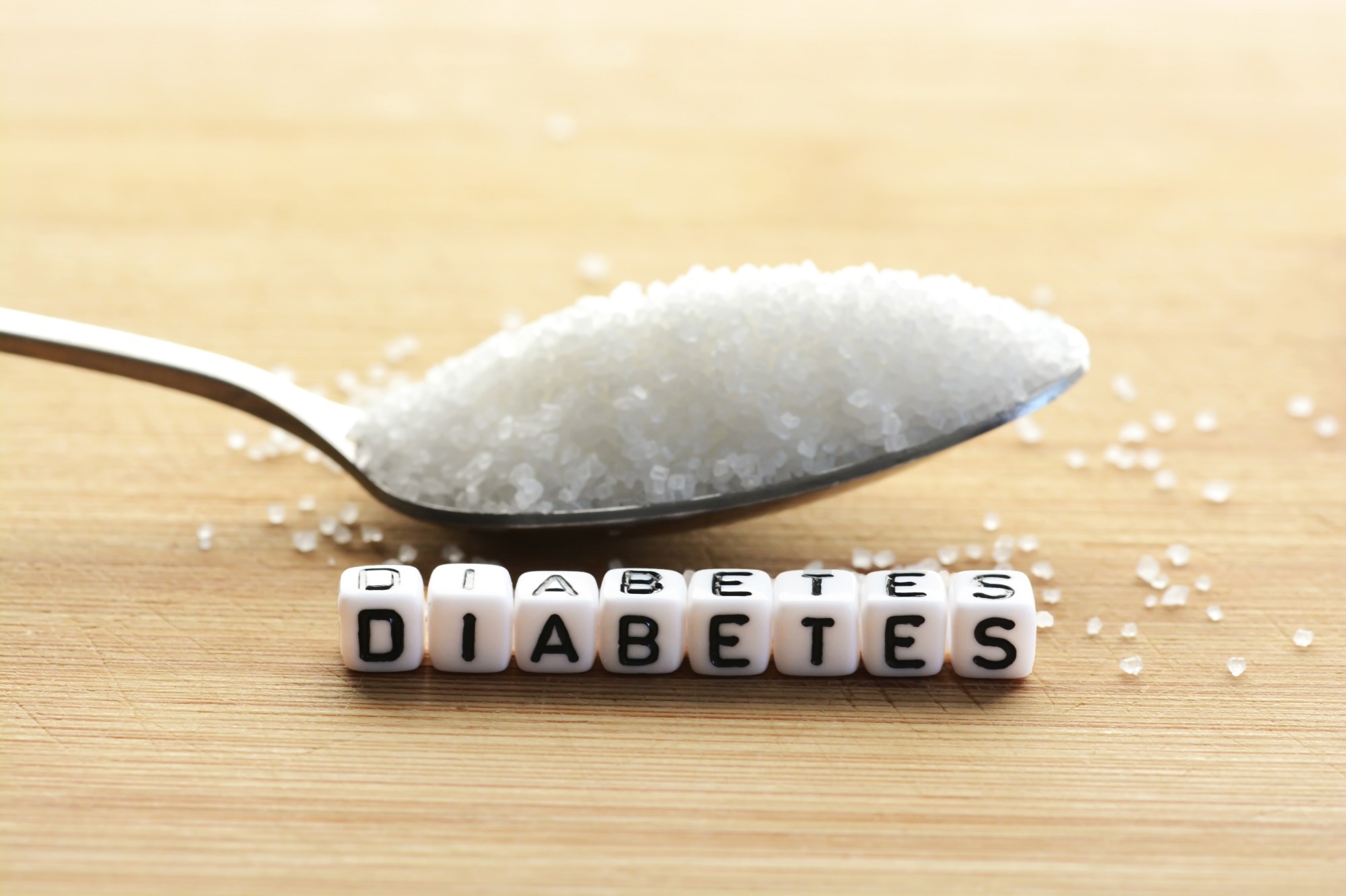In a recent study published in Scientific Reports, researchers evaluated whether visceral obesity assessment in individuals with prediabetes could help predict the future risk of developing diabetes.
 Study: CT-based measurement of visceral adipose tissue volume as a reliable tool for assessing metabolic risk factors in prediabetes across subtypes. Image Credit: Eviart/Shutterstock.com
Study: CT-based measurement of visceral adipose tissue volume as a reliable tool for assessing metabolic risk factors in prediabetes across subtypes. Image Credit: Eviart/Shutterstock.com
Background
Individuals with prediabetes are at a higher risk of developing type 2 diabetes (T2D) and cardiovascular diseases (CVDs). Studies have noted an association between metabolic consequences of visceral obesity and insulin resistance (IR).
In clinical settings, anthropometric measurements such as body mass index (BMI), waist circumference (WC), and waist-to-hip ratio (W/H ratio) have traditionally been used to assess visceral obesity. However, it's important to note that these measurements indirectly gauge visceral adipose tissue (VAT), which refers to the fat inside the abdomen and is known for its high metabolic activity and impact on insulin sensitivity.
Given the association between metabolic consequences of visceral obesity and insulin resistance (IR), using a computed tomography (CT) based measurement of VAT could help more accurately predict the risk of diabetes and CVD among individuals with prediabetes.
About the study
In the current study, researchers enrolled 78 individuals of Korean ethnicity who were aged 20 or older and had prediabetes. These individuals also provided their abdominal computed tomography (CT) screening results as part of their participation in the study.
The researchers used the American Diabetes Association (ADA) criteria to identify individuals with prediabetes. According to these criteria, prediabetes is defined as having hemoglobin A1c (HbA1c) levels equal to or less than 6.4%, impaired glucose tolerance (IGT) levels in the range of 140 to 199 mg/dL for two hours, and impaired fasting glucose (IFG) levels between 100 to 125 mg/dL during a 75 g oral glucose tolerance test (OGTT).
Notably, insulin resistance (IR), a pathophysiological factor also influences varying OGTT responses in people and, subsequently, to three prediabetes subtypes.
Based on this criterion, they classified all participants into three prediabetes subtypes: isolated IGT [I-IGT], isolated IFG [I-IFG], and combined IFG and IGT [C-IFG/IGT].
Furthermore, the researchers conducted unenhanced spiral computed tomography (CT) scans on all subjects with different prediabetes subtypes to measure visceral adipose tissue volume (VAT).
They then compared this VAT volume to other measures of body fat, including the liver attenuation index (LAI), hip circumference (HC), waist circumference (WC), and the WC/HC ratio.
Additionally, they examined the relationships between these measures of body fat and insulin resistance. They stratified the results based on the specific subtypes of prediabetes and calculated the visceral adiposity index (VAI) separately for men and women.
To analyze the data, the research team employed a series of statistical tests, including Mann–Whitney U and Chi-squared tests, to compare information among the study groups. The threshold for statistical significance was set at p < 0.05.
Furthermore, the researchers conducted a univariate analysis, which identified a set of variables, including W/H ratio, BMI, WC, LAI, VAI, VAT area, and VAT volume, to establish an association between CT-based adiposity indices and IR with Matsuda insulin sensitivity index.
Finally, they conducted a sequential multiple linear regression to evaluate the relationship between CT-measured indices and homeostasis model – insulin resistance (HOMA-IR), considering variables found as significant in the univariate analysis.
Results
The study cohort comprised 78 individuals with prediabetes, with an average age of 60. Among them, 46 had combined IFG and IGT (C-IFG/IGT), while 32 had either isolated IFG or isolated IGT (I-IFG or I-IGT), making up 59% and 41% of the group, respectively.
The individuals with C-IFG/IGT showed higher levels of visceral obesity, as indicated by their VAI values. They also had notably elevated HOMA-IR and serum HbA1c levels. However, compared to those with I-IFG or I-IGT, they exhibited a slightly lower tendency in the Matsuda insulin sensitivity index and HOMA-beta results, although these differences did not reach statistical significance.
Furthermore, individuals with C-IFG/IGT had significantly higher W/H ratios, waist circumferences (WCs), VAT areas/volumes, and VAI values compared to the other two prediabetes subtypes. Notably, they also had considerably lower LAI values.
Multiple regression analysis revealed that while VAT volume was a significant factor for Matsuda insulin sensitivity index, W/H ratio and VAT volume were independent predictors of HOMA-IR in individuals with prediabetes.
During the subgroup analysis, associations between the indices studied in I-IFG or I-GT groups were significant; conversely, the association between most of the adiposity indices in the C-IFG/IGT group was heterogeneous and negligible.
Notably, in this study, the correlations between most evaluated indices among individuals with C-IFG/IGT were diminished except for CT-based VAT volume and LAI measurement, which showed significant correlations with the other adiposity indices.
Furthermore, the researchers emphasized utilizing abdominal CT images for VAT measurements as it provided additional cardiometabolic information regarding the study participants without subjecting them to additional radiation exposure.
Conclusions
This study underscored the significance of using CT-measured VAT volume as a valuable tool to assess risk factors for Type 2 Diabetes (T2D) in individuals with prediabetes.
Compared to other measures of body fat, VAT volume exhibited a robust association with insulin resistance (IR), a critical factor in obesity-related health issues. This association held regardless of the specific subtypes of prediabetes.
These findings align with earlier research that consistently identified VAT volume as a more potent predictor of excess visceral fat linked to prediabetes and T2D.
Furthermore, VAT volume and the liver attenuation index (LAI) significantly associated with all the other metabolic indicators studied across the three prediabetes subtypes.